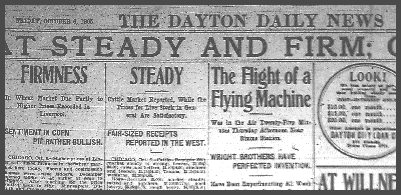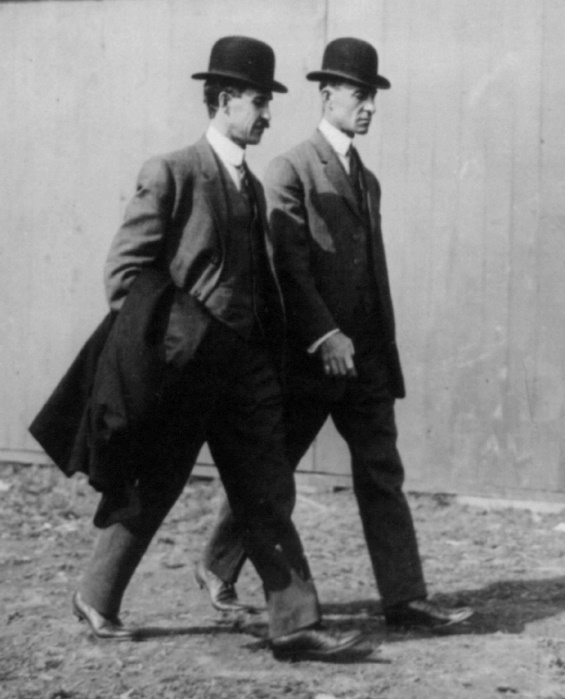The Wright brothers, Orville and Wilbur Wright, are celebrated as pioneers of modern aviation. Their invention of the airplane revolutionized transportation, connected the world in unprecedented ways, and laid the foundation for the aerospace industry. Their story is not only one of groundbreaking innovation but also of perseverance, meticulous experimentation, and a relentless pursuit of their dream to achieve human flight.
Early Life and Inspiration
Wilbur Wright was born on April 16, 1867, in Millville, Indiana, while Orville Wright followed on August 19, 1871, in Dayton, Ohio. They were two of seven children in a family headed by their father, Milton Wright, a bishop in the United Brethren Church, and their mother, Susan Koerner Wright, who had a knack for mechanics and invention. Their upbringing emphasized curiosity, education, and exploration.
From a young age, the brothers displayed a keen interest in mechanics and engineering. A pivotal moment came in 1878 when their father brought home a small toy helicopter powered by a rubber band. This simple contraption sparked their fascination with flight and ignited a lifelong passion for understanding aerodynamics.
The Path to Flight
The late 19th century was a time of widespread interest in human flight, with many inventors and engineers attempting to build flying machines. The Wright brothers were particularly inspired by the work of German aviator Otto Lilienthal, who conducted extensive glider experiments. However, the brothers believed that a successful flying machine required more than copying bird-like designs—it demanded a deeper understanding of flight mechanics.
By the 1890s, the brothers were running a bicycle repair and manufacturing business in Dayton, Ohio. This venture provided them with the income and technical skills to fund their aviation experiments. It also taught them the importance of precision engineering, balance, and control—principles they would later apply to their flying machines.
Solving the Problem of Flight
The Wright brothers approached the challenge of flight methodically, focusing on three critical elements:
- Lift: The upward force that opposes gravity.
- Propulsion: The force that moves an aircraft forward.
- Control: The ability to steer and stabilize the aircraft.
A. Wind Tunnel Experiments
In 1901, frustrated by inaccurate data from previous experiments, the Wright brothers built their own wind tunnel to test airfoil designs. This groundbreaking work allowed them to collect precise data on lift and drag, enabling them to design more efficient wings.
B. Glider Experiments
Between 1900 and 1902, the brothers conducted hundreds of glider tests at Kitty Hawk, North Carolina, chosen for its steady winds and soft sandy terrain. The 1902 glider was a major milestone—it incorporated a movable horizontal elevator for pitch control and wing warping for roll control, which provided the basis for modern flight dynamics.
C. Engine Development
To achieve powered flight, the Wright brothers needed a lightweight yet powerful engine. Unable to find a suitable model, they designed and built their own, with the help of their mechanic, Charlie Taylor. The engine delivered 12 horsepower and weighed just 180 pounds, making it ideal for their flying machine.
The First Powered Flight
On December 17, 1903, the Wright brothers achieved their historic flight at Kitty Hawk. Using their aircraft, the Wright Flyer, they made four flights that day. The first, piloted by Orville, lasted 12 seconds and covered 120 feet. The fourth and longest flight, piloted by Wilbur, lasted 59 seconds and covered 852 feet.
The Wright Flyer was a marvel of innovation, featuring:
- Biplane Design: Two wings stacked vertically for stability and lift.
- Wing Warping: A precursor to modern ailerons, allowing the pilot to control roll.
- Pusher Propellers: Two rear-facing propellers powered by chains connected to the engine.
The achievement marked the first controlled, sustained flight of a powered, heavier-than-air aircraft, forever changing the course of history.
The Development of Aviation
The Wright brothers’ success did not immediately lead to widespread recognition. They faced skepticism and competition, particularly from European inventors. Undeterred, they continued refining their designs and conducting public demonstrations.
By 1905, the Wright Flyer III demonstrated the ability to fly for over 30 minutes, covering significant distances. This proved that their invention was practical and not just a novelty.
In 1908, Wilbur wowed audiences in France with extended flights and precise maneuvers, cementing the Wright brothers’ status as aviation pioneers. Around the same time, Orville demonstrated their aircraft to the U.S. Army, leading to the first military airplane contract.
Challenges and Controversies
The Wright brothers faced numerous challenges beyond the technical hurdles of flight. These included:
- Patent Wars: The Wrights obtained a patent for their flight control system in 1906, but they became embroiled in legal battles with other inventors who claimed to have similar designs.
- Financial Struggles: Despite their achievements, the brothers had to fight to secure financial backing and market their invention.
- Health Issues: The stress of their work and legal battles took a toll on both brothers. Wilbur died of typhoid fever in 1912 at the age of 45, leaving Orville to continue their legacy.
Legacy and Impact
The Wright brothers’ invention revolutionized transportation, communication, and warfare. The airplane opened new frontiers for exploration, connected distant parts of the world, and became a cornerstone of modern society.
Key contributions include:
- Advances in Aviation Technology: Their principles of lift, propulsion, and control remain the foundation of modern aerodynamics.
- Inspiration for Future Innovators: The Wright brothers paved the way for pioneers like Charles Lindbergh, Amelia Earhart, and Neil Armstrong.
- Cultural and Historical Significance: Their achievements symbolize human ingenuity and the relentless pursuit of progress.
Today, their contributions are honored in numerous ways:
- The Wright Brothers National Memorial stands at Kitty Hawk, commemorating their first flight.
- The Wright Flyer is displayed at the Smithsonian National Air and Space Museum in Washington, D.C.
- Their story is a staple in history and science education worldwide.
The Wright brothers exemplified the spirit of innovation and determination. Through careful study, experimentation, and perseverance, they turned the dream of human flight into reality. Their invention not only changed how humans travel but also reshaped the world’s economic, cultural, and social landscapes. The legacy of Orville and Wilbur Wright continues to soar, inspiring future generations to reach for the skies.






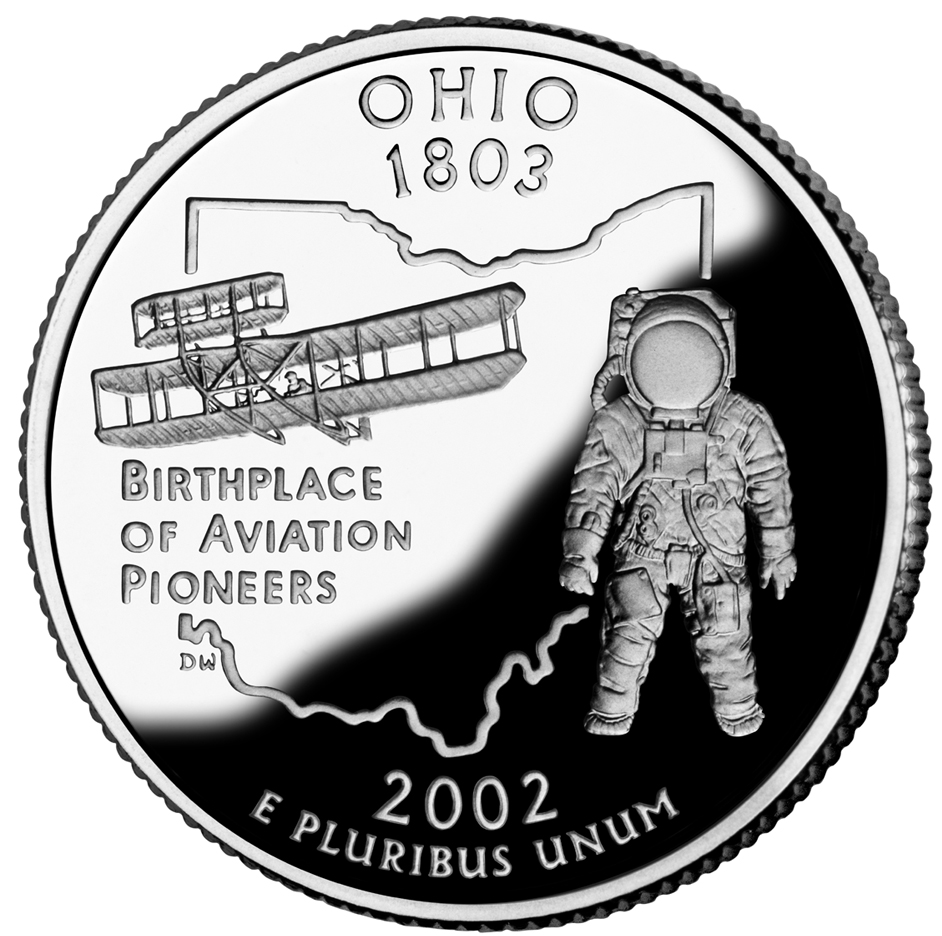
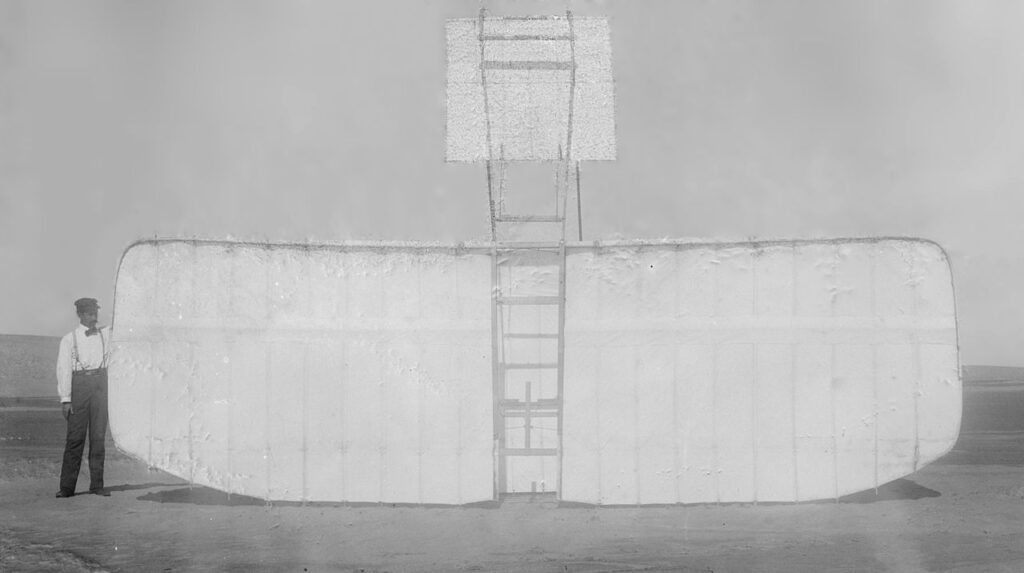


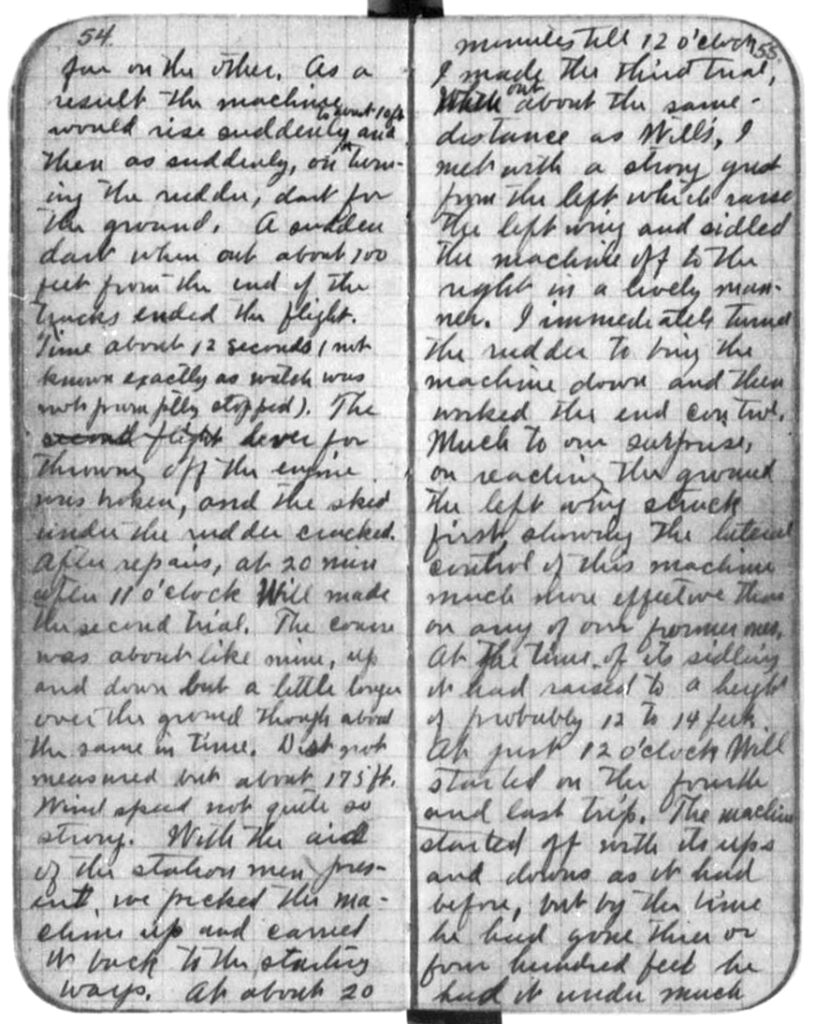


![Soaring flight, Kitty Hawk, Oct. 1911 Arrows indicate [the] 50 mile [per hour] wind, showing how [the] machine was sustained in a stationary position](https://studyleafy.com/wp-content/uploads/2024/11/Soaring-flight-Kitty-Hawk-Oct.-1911-22Arrows-indicate-the-50-mile-per-hour-wind-showing-how-the-machine-was-sustained-in-a-stationary-position22.jpg)

